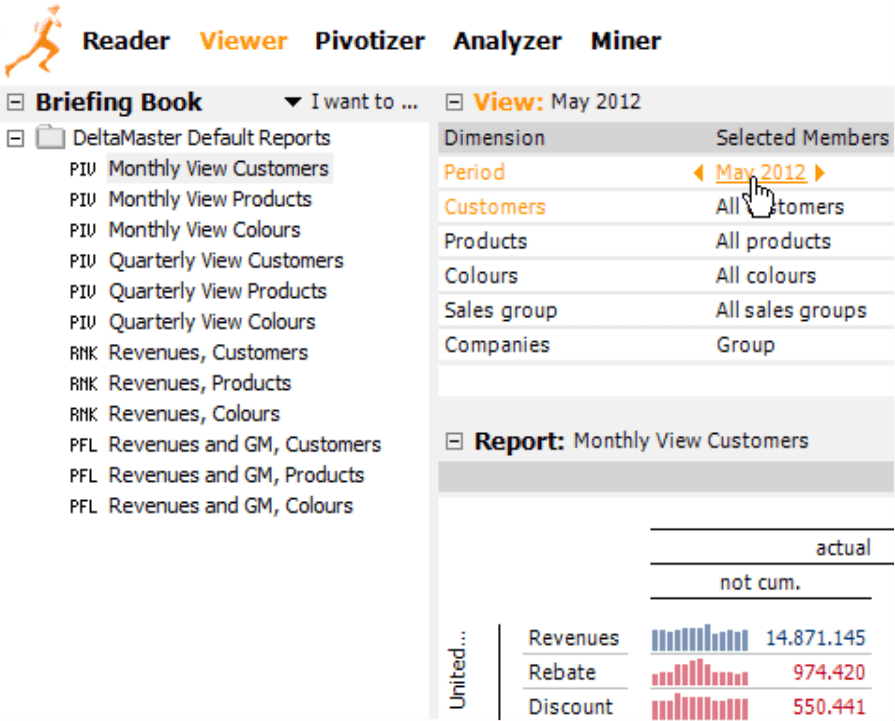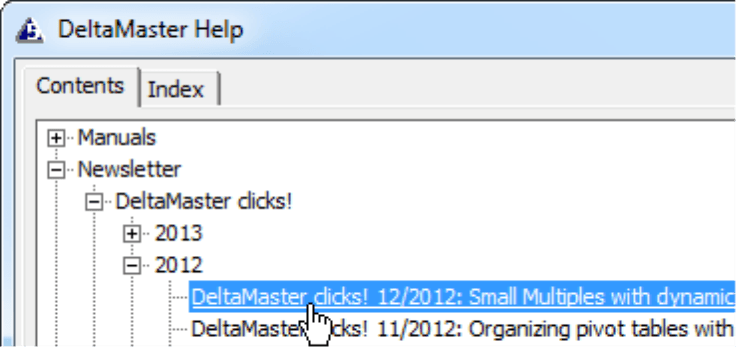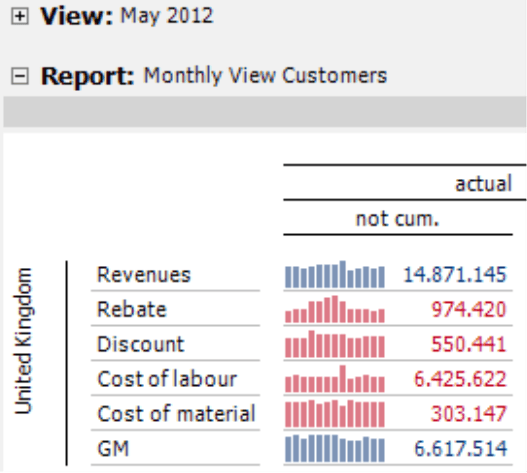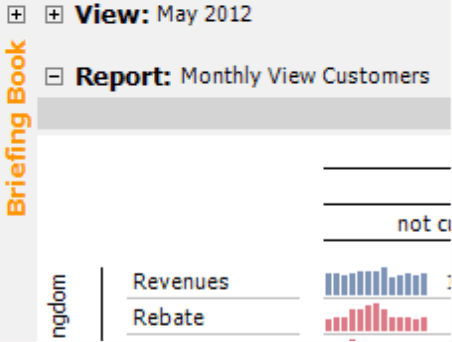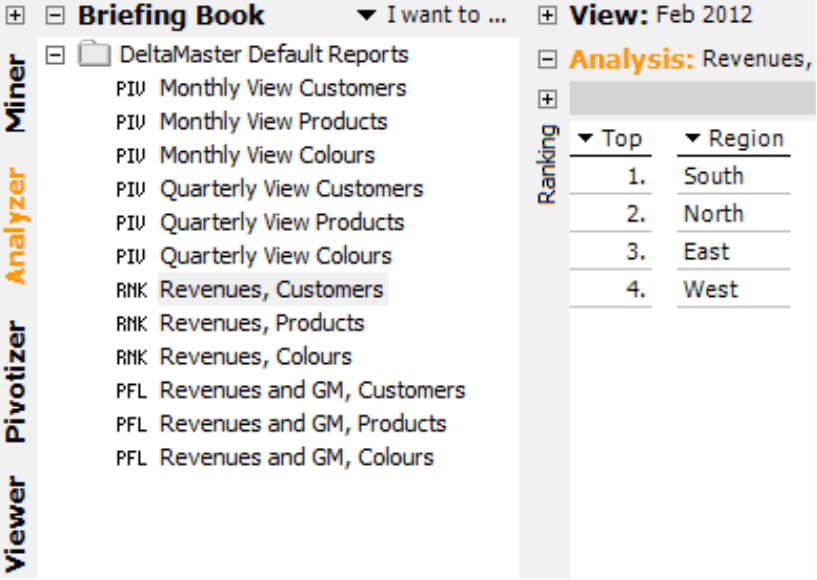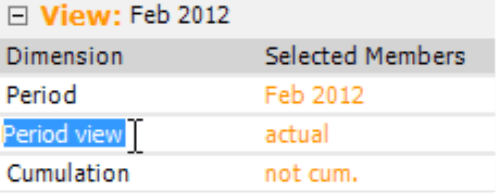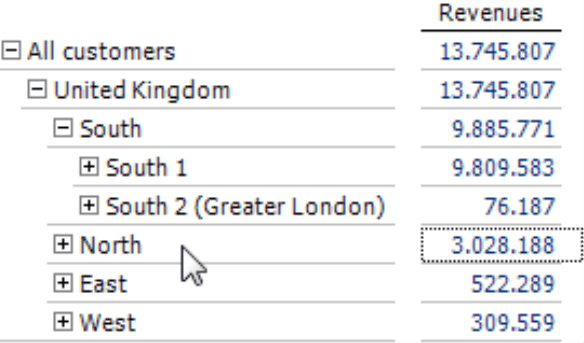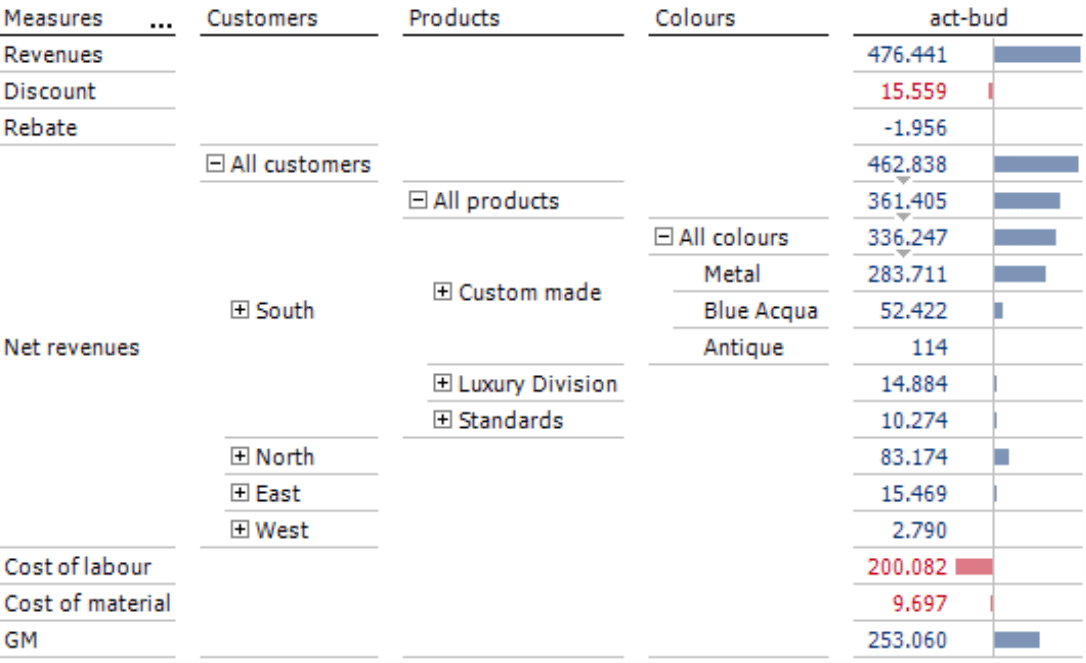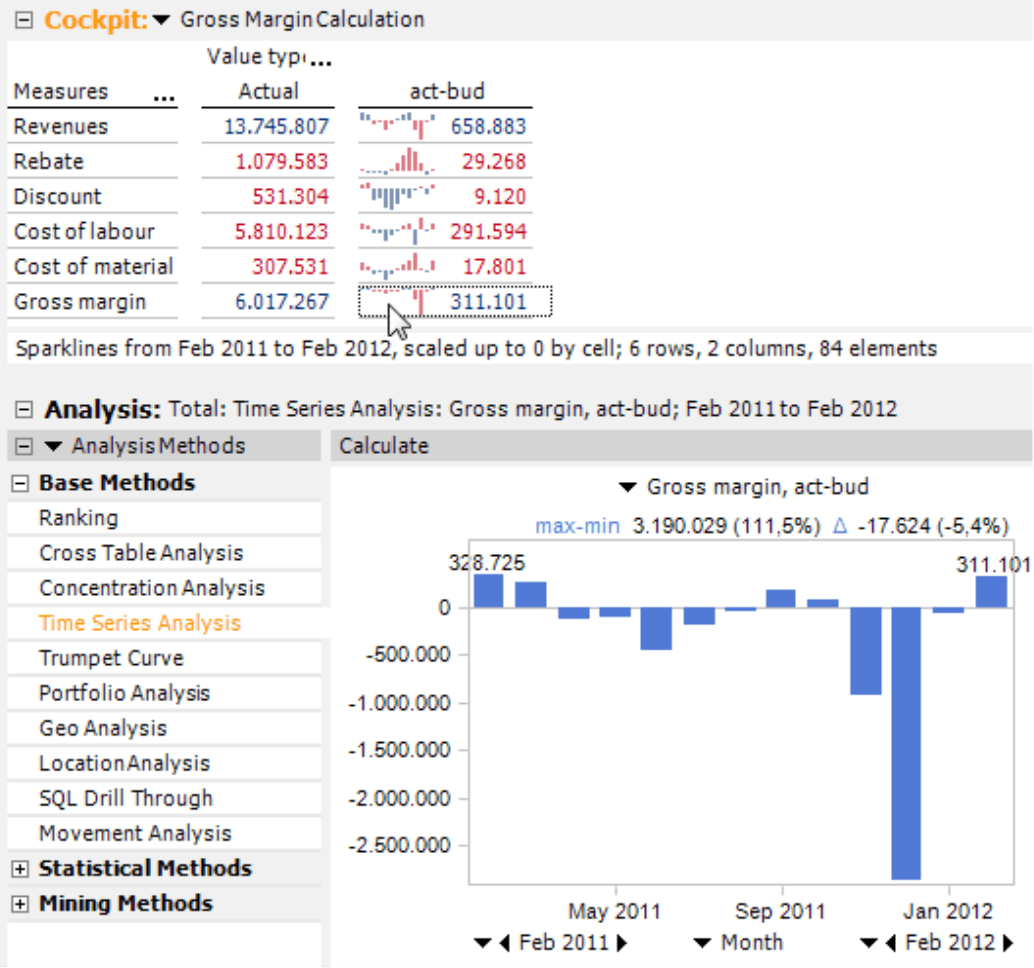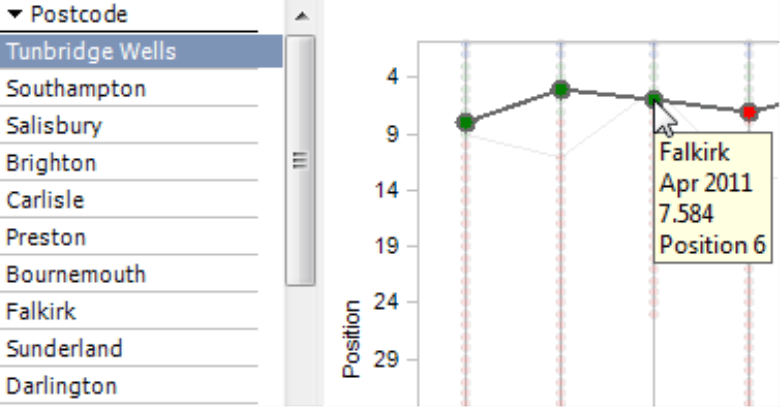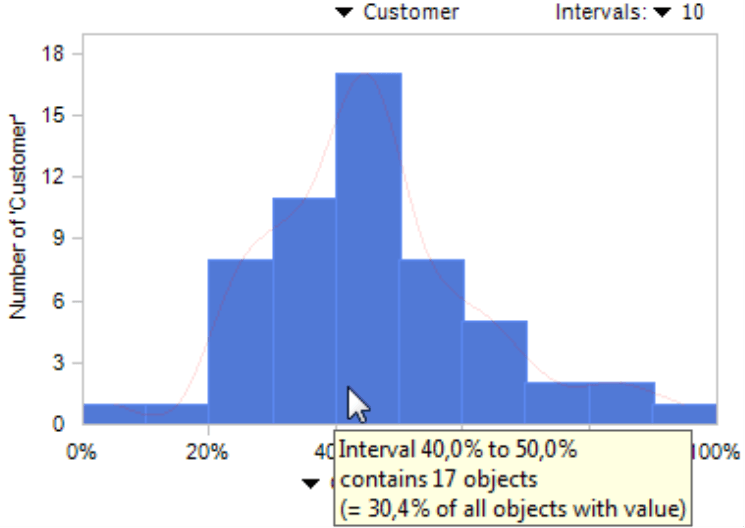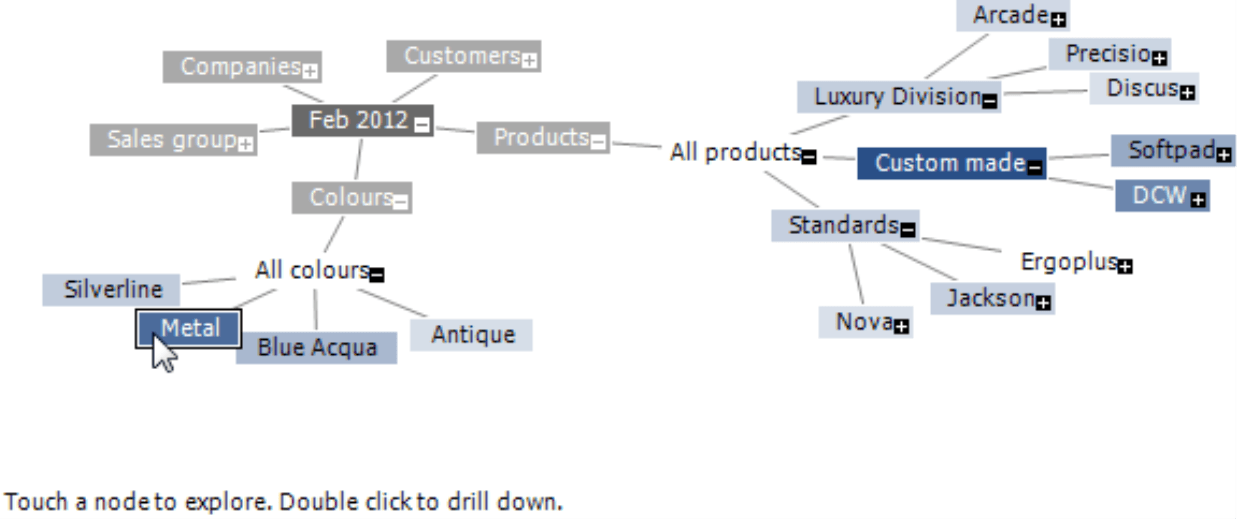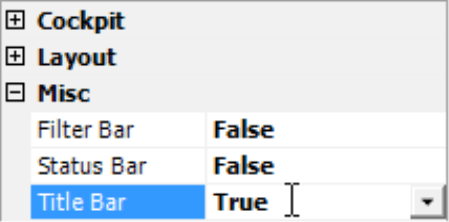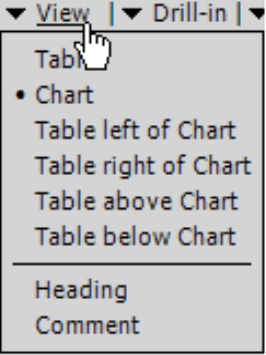Greetings, fellow data analysts!
It’s been over eight years since we first welcomed our readers with that exact same salutation. Back in November 2004, we launched DeltaMaster clicks! to regularly share important information about DeltaMaster without being pushy or overbearing. This issue marks our 100th edition. What started as a small newsletter has emerged as a core component of our software documentation, and our current archive has grown to over 600 pages. Using the new online helpfunction that was launched in DeltaMaster 5.5.4, you can easily access this library of knowledge using keywords and categories. If you hit the F1 key, it even suggests suitable documents based on the respective context.
With so many editions of clicks! to look back upon, we have decided to dedicate this 100th issue to a special aspect of the user handling – one that has served as the namesake for all past issues and plays a large role in shaping the smooth handling and overall appeal of DeltaMaster. You’ve guessed it: the double click.
Best regards,
Your Bissantz & Company team
In a blog post, we once talked about how people interact with computers:
“We also want to become in tune with our computers. […] Using cultural techniques, we have been able to communicate with computers for a long time. We first learned to speak, write and then type. The mouse has also made our relationship to computers much friendlier. It has extended our index finger. In fact, clicking a mouse is just an abstract way of touching something.” – Source: www.bissantz.de/bissantz-ponders/analogue
Indeed. Using a mouse to point and click is intuitive, and we have gained considerable practice over the years. But as often is the case when dealing with interaction and communication, slight nuances can provoke a different reaction by the receiving party – in this case, the computer.
So when do you need to double click? When is it helpful? And what tasks can you accomplish with a simple click? In this edition of clicks!, we will take a systematic look at these and other questions and use examples to explain when you should use a simple click or double click. Please note that in this case a “simple” click means “just one” (not “easy” or “uncomplicated”). In addition, we will always refer to the primary mouse button (i.e. the left button in the default setting). Although the secondary (i.e. right) mouse button is also important (e.g. for opening context menus), we won’t go into that here. The focus in this issue is the left mouse button.
One click
Generally speaking, the simple click allows you to display, open, and select.
In other words, for all basic actions in DeltaMaster, you just need to click one time. Think of your analysis session as a Web site for a moment. A simple click is the dominating action in the Web as well. You open a report, for example, just as you would follow a link – with a simple click on the left mouse button.
For the sake of clarity, here are a few examples where you would use a simple click:
- You click once to open a report in the Briefing book.
- You click once on the selected element(s) in the View window to open the Dimension browser, where you can select other members.
- You click on the “+” and “-“ in order to open and close folders in the Briefing book or to expand or collapse the branches in a pivot table.
- You click once on a Topic in the help function (F1 key or Help menu) to open the respective document.
- You click once on a user level in the mode bar (Reader, Viewer, Pivotizer, Analyzer, Miner) to switch to this level.
- In Reader and Viewer modes, you click once on Back and Next to scroll back and forth among your reports.
- In Analyzer and Miner modes, you click once on an analysis method in the Analysis window to open it.
- On the Portal page, you click once on an analysis session to open it.
As a user, you predominantly use single clicks – especially when working in Reader and Viewer modes.
Double click
Generally speaking, the double click allows you to edit, change, refine, expand, take over, or transfer something.
In addition, the double click is also used to accelerate certain functions you could reach in another way, too – the context menu, for example. This further simplifies the handling for experienced DeltaMaster users whereas casual users are more likely to use menus for guidance. The following list shows many different examples where you can use a double click in DeltaMaster:
Arranging windows
- When you double click on a window’s title bar (e.g. View, Report, Cockpit, Analysis), it will maximize the window or restore the original size. This helps you quickly arrange the windows. Instead of dragging the dividers with the mouse, you can allocate the entire space available on your screen at once to a given window.
- A double click on the title bars of the Briefing book window (and History in Miner mode) will open or close the window.
- A double click on the white part of the mode bar collapses the bar so that it appears as a narrow strip on the left corner of the screen. To expand it again, you just double click on an empty area of the collapsed bar.
- In a similar fashion, you can collapse the title bar of the analysis menu in Analyzer and Miner with a double click. To expand it, simply double click on the collapsed bar.
Editing and renaming
- You can also rename objects with a double click. In the View window, for example, you can click twice on the name of a dimension or dimension group to edit it. The same applies to measure groups in the Measure browser. You could, of course, use the context menu to rename them, but a double click is faster.
- You can also rename reports in the Briefing book with a double click. Technically, renaming reports and folders is a slightly different process. In this case, you simply click on a report that is already selected. More or less, though, it feels like a double click.
- A double click on a measure in the Measure browser opens the Measure properties.
- A double click on a named set in the Named set browser opens the Editor for named sets.
Expanding and collapsing
- If you double click on the name of a folder in the Briefing book, DeltaMaster will expand or collapse the folder – just as if you had simply clicked on the “+” or”-“ signs. If you now click again on a selected folder name, you can rename it.
- In the Cockpit browser, you can open or close the folder with a double click.
Pivot tables
- If you double click on the name of a parent member, DeltaMaster will display or hide the names of its children – just as if you had simply clicked on the “+” or “-“ signs. (This functionality is similar to that for opening and closing folders as described above.)
- If you double click on the name of a measure in the row or column axis, DeltaMaster will sort the table based on that measure.
- If you have predefined steps as part of a pivot navigation, a double click will execute these steps on a value (i.e. a data cell). If you press the Ctrl key while double clicking, the automatic navigation will start. Both of these functions are only supported in Analyzer and Miner modes. For more information, please read DeltaMaster deltas! 5.4.9, features #15 and #19.
- In planning and budgeting applications, you can input data by double clicking on a value (i.e. data cell).
- If you double click on a sparkline, DeltaMaster will display the values as a Time Series analysis (Miner mode). This is a first example of DeltaMaster’s Threaded Analysis Technology – see below for more information.
Threaded Analysis Technology in Miner mode
- If you double click on a member in a Ranking or PowerSearch, DeltaMaster will take that member (e.g. a customer or product) into the View. As a result, you can immediately switch from one analysis to another, more specialized method. Depending on the PowerSearch configuration, attribute combinations could occur – in other words, the entry might contain members from various dimensions. In this case, DeltaMaster would automatically take all members of the entry into the View.
- Similarly, when you double click on the name of a member in a Cross Table Analysis, DeltaMaster will take this member into the View. If you double click on a value (data cell) instead, it will take the members from both axes.
- In a Concentration Analysis, a double click on a class in the summary below the table will generate a virtual hierarchy (i.e. identical to the respective function in the Drill-in menu) and set the View to the selected class. Also, if you double click on an individual member, DeltaMaster will take it into the View – just as in a Ranking. In other words, you can use a double click to make use of two variations of Threaded Analysis Technology in a Concentration Analysis: taking over an individual member, or the entire classification as a virtual hierarchy.
- In a Time series analysis, you can double click on a point or column in a chart to take the respective period into the View.
- A Portfolio Analysis also supports two variations of Threaded Analysis Technology. Just as in a Concentration Analysis, you can take over a single member or create a virtual hierarchy. If you double click on a bubble, DeltaMaster will take a single member. If you double click on an open space in the chart, DeltaMaster will create a virtual hierarchy and take the class member of the quadrant on which you have clicked into the View.
- If you double click on a region in a Geo Analysis, DeltaMaster will take it into the View. If you then Calculate the Geo Analysis, DeltaMaster will display the map below the selected region and automatically enlarge it. From an optical point of view, a double click creates the same result as if you had zoomed into the map.
- In a Location analysis, you can double click on a marker in Google Maps to take the respective member (e.g. a store, warehouse, or a branch office) to the View.
- In an SQL Drill Through, you can double click on a column header to sort the table based on that column.
- A Regression Analysis behaves like a Time Series Analysis. With a double click, therefore, you can take the respective member into the View.
- In a Movement Analysis, you can double click on a member in the list to the left of the chart to take it to the View. If you double click on a point in the chart, DeltaMaster will take the member representing the point as well as the respective period.
- In a Distribution Analysis, a double click on a column in a chart will prompt DeltaMaster to create a virtual hierarchy in the respective dimension and select the class or the interval of the clicked column in the View. DeltaMaster will group the dimension members in the virtual hierarchy based on the classes or intervals that were determined in the DistributionAnalysis – depending if the class limits are displayed or not (I want to… menu).
- In a Dynamic Portfolio Analysis (see DeltaMaster clicks! 07/2012), a double click will take the object on which you have clicked and the respective period.
- In a Flexreport, you can double click on a sparkline to create a Time Series Analysis just like in a Pivot Table.
- You can also use a double click in Combination Cockpits and Small Multiples. In these cases, the function works exactly as it does in the underlying report type.
Miscellaneous
- In the Hyperbrowser, you can select a member with a double click which, in turn, is equivalent to a drill down. DeltaMaster will then either shorten the branch that is assigned to the member or hide it altogether if no further differentiation is possible
- In Offline Reader mode, the Reader entry in the mode bar reacts to a double click. Here, it will open the dialog box for the database login so that you can switch from offline to online mode. If you know the trick, this function saves you time. Otherwise, you would have to log in using the respective link on the lower-right part of the status bar.
- In the MDX editor, you can double click on an object in the tree structure to take it over into the code window. The same applies to functions in the function reference.
- In many drop-down lists, you can use a double click to switch from one list member to the next. This is very helpful when you are working with fields that only contain two or three values, for example, in the Properties window of Combination Cockpits.
No click at all
Sometimes, a click isn’t even necessary – all you need to do is point with your mouse. This is the case, for example, in the menus of the dark bars in DeltaMaster windows. These bars contain both individual options and complete menus, which are designated with a black triangle. The Time Series Analysis in Miner mode, for example, has five menus (View, Drill-in, Save, Settings, I want to…) and a direct entry (Clear). What makes most of these menus special is that the entry in the menu bar (e.g. View) has two functions. You can either open the respective menu from the entry, or you can immediately execute a function. The entry reacts differently depending if you mouse over (without clicking) or simply click on it.
- If you mouse over the name of the menu without clicking on it, DeltaMaster will open the menu after a short pause. Now you can select the desired option as usual.
- If you simply click on the entry, however, DeltaMaster will execute the standard action for that entry. If you click on Save, for example, DeltaMaster will save the report to the Briefing book. If you click on View, you can switch between the menu options (i.e. Table and Chart) without having to specifically select them in the menu. You can access further options when you open the menus. The most important option is directly linked to the menu’s name. A click, in this case, is a short cut.
One exception is the I want to… menu. This menu also opens automatically when you mouse over it but does not have a standard action.
Questions? Comments?
Just contact your Bissantz team for more information.
